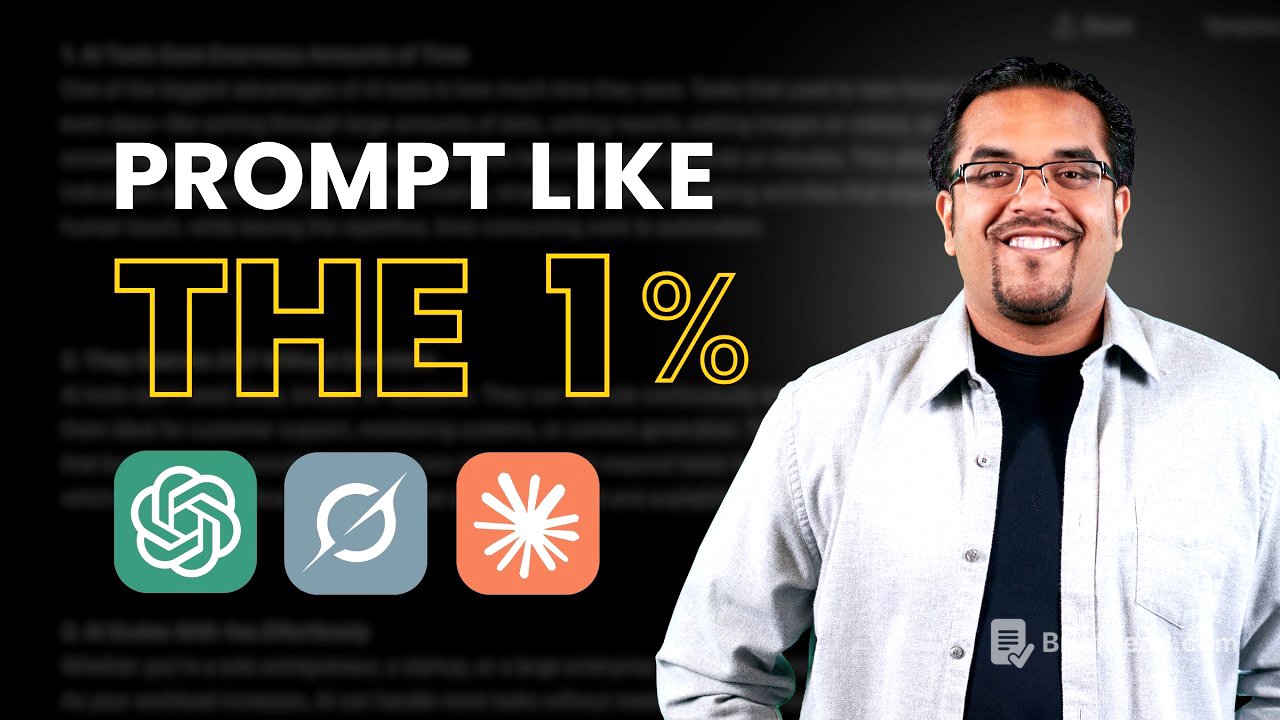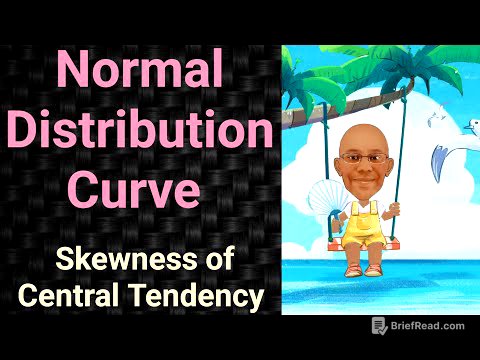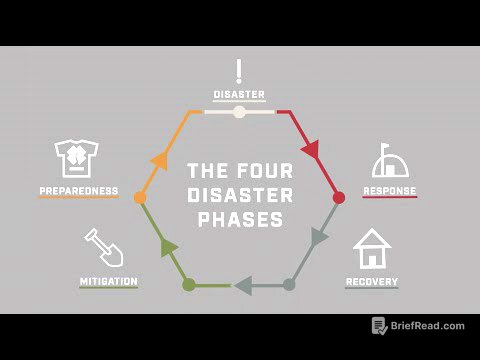TLDR;
This video provides a comprehensive guide to effective AI prompting, emphasizing that most people use AI incorrectly due to vague prompts. It introduces the TCRI framework (Task, Context, References, Evaluate, Iterate) for crafting detailed prompts, advanced techniques like prompt chaining and meta prompting, and common mistakes to avoid. The video also covers technical tips for better results and encourages viewers to apply the TCRI framework to their regular prompts for improved outcomes.
- The TCRI framework is a complete system for getting incredible results from any AI.
- Advanced techniques like prompt chaining and meta prompting can significantly improve AI outputs.
- Avoiding common mistakes such as being too vague or providing information overload is crucial for effective prompting.
Introduction [0:00]
The video addresses the common issue of poor results from AI tools like ChatGPT due to ineffective prompting. It promises to transform the viewer's approach to AI by teaching prompting frameworks, advanced techniques, and common mistakes to avoid. The presenter emphasizes that most people use fewer than nine words in their prompts, leading to terrible outputs, and that 99% of users are not using AI correctly. The goal is to equip viewers with the skills to prompt AI like a pro and gain an advantage in the AI-driven world.
TCRI Prompting Framework [1:02]
The TCRI framework is introduced as a comprehensive system for achieving excellent results from AI. TCRI stands for Task, Context, References, Evaluate, and Iterate. For Task, it's crucial to be specific about what you want the AI to do, including the persona (e.g., "act as a marketing expert") and the format (e.g., "create a table"). An example is provided, contrasting a vague prompt ("write a video script") with a detailed one that specifies the persona, length, topic, structure, and tone. For Context, providing background information, target audience details, and any constraints is essential. Adding context to the video script example results in more specific and relatable content. For References, giving the AI two to five examples of the desired style, tone, or format enhances the output significantly. The transformation from a formal script to engaging, personality-driven content is highlighted.
Advanced Techniques [4:11]
The video covers advanced prompting techniques, starting with prompt chaining, which involves layering small prompts instead of using one large, complex prompt. An example is given for creating Instagram reel scripts, breaking down the process into multiple prompts that build upon each other. Meta prompting is another technique where AI is used to improve prompts. By asking the AI to analyze and suggest improvements to a prompt, the user can refine it to be more effective. Chain of thought prompting involves asking the AI to explain its reasoning step by step, leading to more strategic and psychology-based outputs.
Common Mistakes [6:41]
The video identifies common mistakes that hinder AI results. The first mistake is being too vague, which leads to generic outputs. The solution is to provide specific details about the platform, length, audience, and purpose. The second mistake is information overload, where prompts are too complex and confusing for the AI. Breaking the prompt into clear sentences is recommended. The third mistake is not providing examples, which leaves the AI without a clear understanding of the desired tone or style. Giving examples helps the AI match the desired output. The fourth mistake is taking the first result without iterating. Always iterate and refine the output through multiple versions to achieve a highly engaging and actionable result.
Technical Tips [8:46]
The video provides quick technical tips for better AI results. For tools like Claude, adjusting creativity settings can influence the output, with higher settings producing more creative results and lower settings providing more consistent results. It's important to keep prompts under the token limit, and if the limit is reached, break the prompt into smaller pieces. When specific formatting is desired, be explicit in the instructions. If responses are cut off, asking the AI to continue or finish the previous response usually works.
Conclusion [9:29]
The video concludes by summarizing the key takeaways, including the TCRI framework and advanced techniques, and reiterating the importance of avoiding common mistakes. Viewers are encouraged to apply the TCRI framework to their regular prompts and share their before-and-after results. The presenter emphasizes that the difference between AI beginners and pros is having the right system, which viewers now possess.









